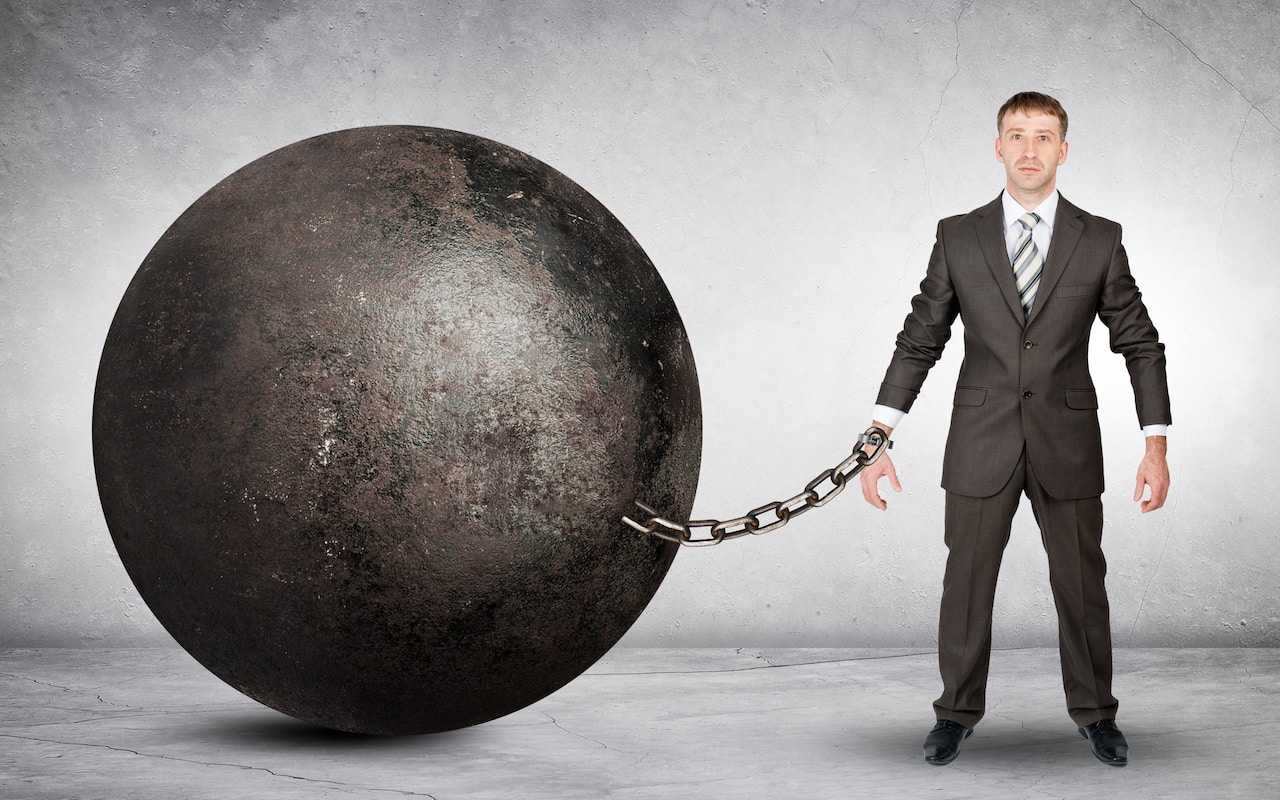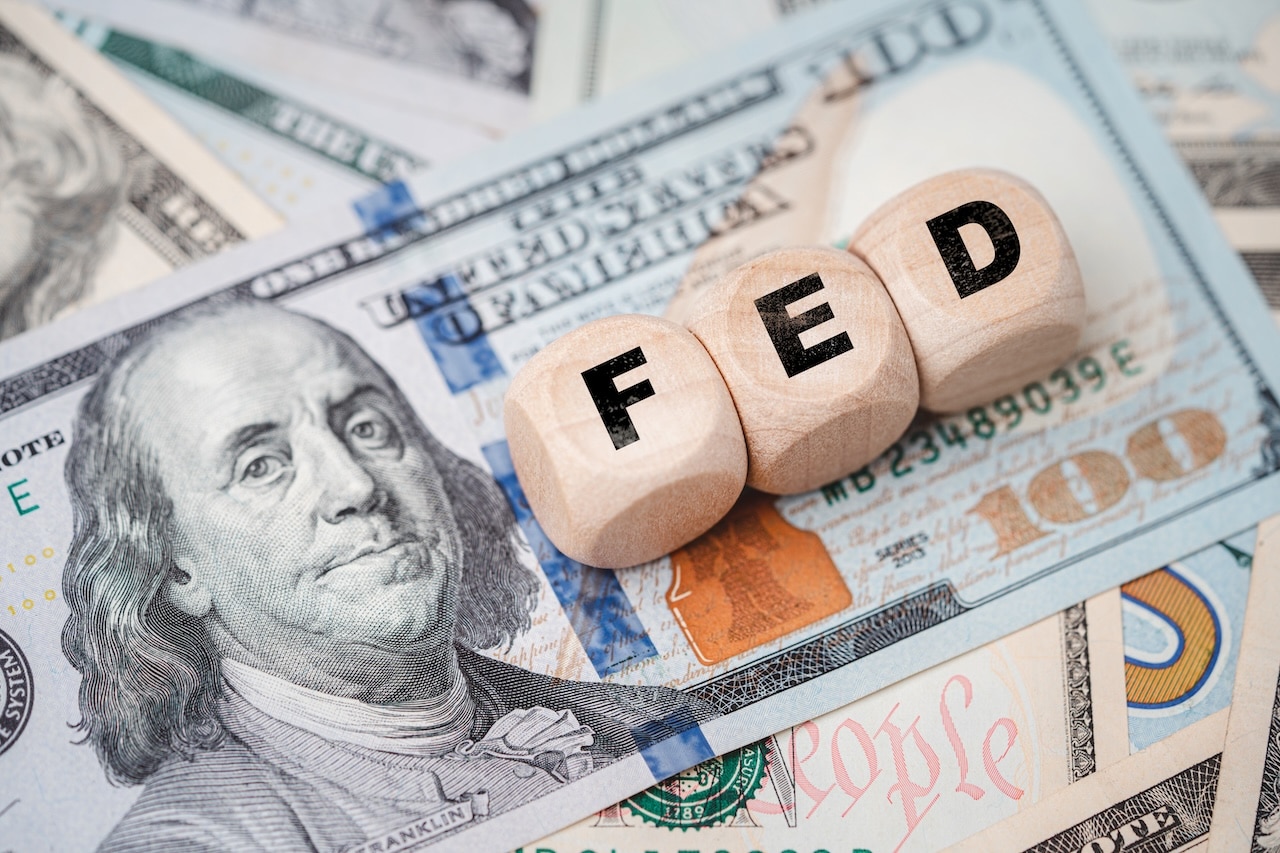Credit Sesame with a not-so-light-hearted look at the history of personal loans and borrowing through the ages.
Think getting a personal loan requires a lot of effort today? Imagine being an ancient Sumerian. Back then, you needed something more tangible than a good credit report. They preferred silver for big expenses, such as land and houses, according to the book “Mesopotamia: Civilization Begins.” That’s just one of many examples illustrating the strange-but-true history of personal loans. Read on if you need a little encouragement or inspiration that personal finance has improved.
Loans of the distant past
Back to the Sumerians for a moment. Remember how big-ticket items required some high-class coin? Well, rest assured: if you needed to move quickly on a smaller purchase between 4,500 and 2,004 B.C., you had options. Lots of options. You could have used grain such as barley, copper or wool, according to various sources.
In Bible times, God gave Moses and the Israelites specific instructions about lending and the ethics of conducting financial transactions. Personal loans weren’t supposed to be a money-grab for the lender. Exodus 22:25-26 (NKJV) notes:
“If you lend money to any of My people who are poor among you, you shall not be like a moneylender to him; you shall not charge him interest. If you ever take your neighbor’s garment as a pledge, you shall return it to him before the sun goes down.”
Loan retribution in Rome
Not everyone extended grace to borrowers who took out personal loans. The Romans mastered the fine art of pay up or else. A fascinating if grisly summary of the Roman perspective on debt can be found in an article titled “The Loans of Ancient Rome,” by Kenneth S. Most of Florida International University.
It turns out Roman citizens typically didn’t need long-term debt like the modern personal loan. Short-term loans, good for a year or less, covered expenses for a primary occupation: farming. Once farmers harvested the crops, they could pay their loan in full. They didn’t have fancy bathroom projects or giant medical bills at the hospital, evidently.
It’s also likely that Roman punishments for nonpayment played a role. Today, bankruptcy and collections await borrowers who default on a loan. Back then, failing to pay a debt triggered a harrowing series of events.
First, the borrower went to debtor’s prison. Heavy chains limited their freedom to move. They could either find a way to pay the money or try to find some poor sap to serve the conviction for them. The Romans even subjected debtors to public humiliation. Borrowers had to stand in the square and say the amount of their debt out loud. Empathetic family or friends might hear the plea and cough up the cash.
Second, borrowers whose cries went unheard and whose pockets remained empty faced grim fate. They could be sold into slavery. They could be executed. And if they had multiple loans to settle, their corpse could be split into pieces.
Guilty consciences in the Middle Ages
It seems that morality didn’t make much of a comeback for personal loans from the 1100s to the 1300s, according to an article available from The Ohio State University’s history department.
People who made loans–known as usurers–occupied among the lowest positions in society. Church leaders condemned them for extracting money from borrowers without working for those earnings.
“The usurer found himself, in time, linked to the worst ‘evildoers’, the worst occupations, the worst sins, and the worst vices; for he was an evildoer of the highest degree, a pillager and robber,” the article notes.
Lenders who died clinging to their occupation faced the prospect of hellfire, according to a belief common at the time. More people in the early 1200s embraced the concept of purgatory, a place where people are said to get a second chance to make amends and get to heaven. Yet some still didn’t think these interest-grubbing professionals would make the cut. The bodies of people who made personal loans often found themselves buried in cemeteries apart from the general public.
The 1700s and 1800s: ‘Please, may I have a loan, sir?’
As humanity advanced its financial system, the personal loan managed to find itself embroiled in further weirdness.
In the 1700s, people had to get character witnesses to take out a bank loan, historian Sean Trainor notes in a report for TIME. (This was for shopkeepers, mind you. But the odd mental picture deserves inclusion here. Bizarre business loans left people seeking personal loans with the financial dregs. We’ll explain in a moment.)
Even into the early 1830s, banks focused on lending to businesses, not your average person on the street, according to an article by Amy Farber, a research librarian at the Federal Reserve Bank of New York. And lest you think businesses got the royal treatment, be assured they had strict rules you likely wouldn’t want to follow. Loans tended to be doled out and paid back in a span of three months. You didn’t get the full loan amount. The bank took its interest, then handed you the rest, printed on its own special paper. Good luck cashing that at the ATM!
Meanwhile, people seeking personal loans found their neighborhood banks’ doors sealed shut.
So they turned to the next best thing: Rich people.
Quoting from the records of a Massachusetts museum that studied early banking trends, Farber shares: “People in the 1830s who wanted a personal loan or a mortgage usually went to wealthy individuals with money to lend (such as Salem Towne, the prosperous farmer and businessman who owned the large white house on our common) … .”
The next time you consider a personal loan, just imagine the alternative: going door to door in your community, knocking on the doors of nice homes and hoping someone shows you mercy.
Nah, we’re good.
Post-World War II and the rise of crypto lending
Personal loans took on fresh adventures in the 20th century and continue into the present.
One unusual type of personal loan happened in 1947. Well, it actually involved a lot of people. Specifically, the entire country of France.
World War II left extensive damage throughout the European nation, so the World Bank agreed to extend its first-ever loan. Back then, the people of the country got $250 million for rebuilding, an article on the bank’s website notes. In today’s terms, that’s the equivalent of $2.6 billion. The bank hasn’t made such a large loan since.
Fast forward to today, and cryptocurrency continues to grow in popularity. Digital money has several things going for it, including the ability to trace every penny’s provenance from its point of origin.
But there’s more: Crypto lending is on the rise, according to a Reuters report. Fans say crypto lending benefits borrowers because it’s faster to secure a loan. Plus: fewer piles of paperwork! Companies making crypto loans include BlockFi, Celsius, Genesis and Nexo. Be aware, though, that regulation of crypto industry hasn’t caught up to the fast-changing financial environment. Crypto holdings can disappear with market shifts or if lenders leave the crypto economy for good.
Some things never change. Whether you’re seeking a personal loan at the dawn of history or in cyberspace, borrower discretion is advised.
If you enjoyed The weird history of personal loans you may like,
Disclaimer: The article and information provided here is for informational purposes only and is not intended as a substitute for professional advice.




















